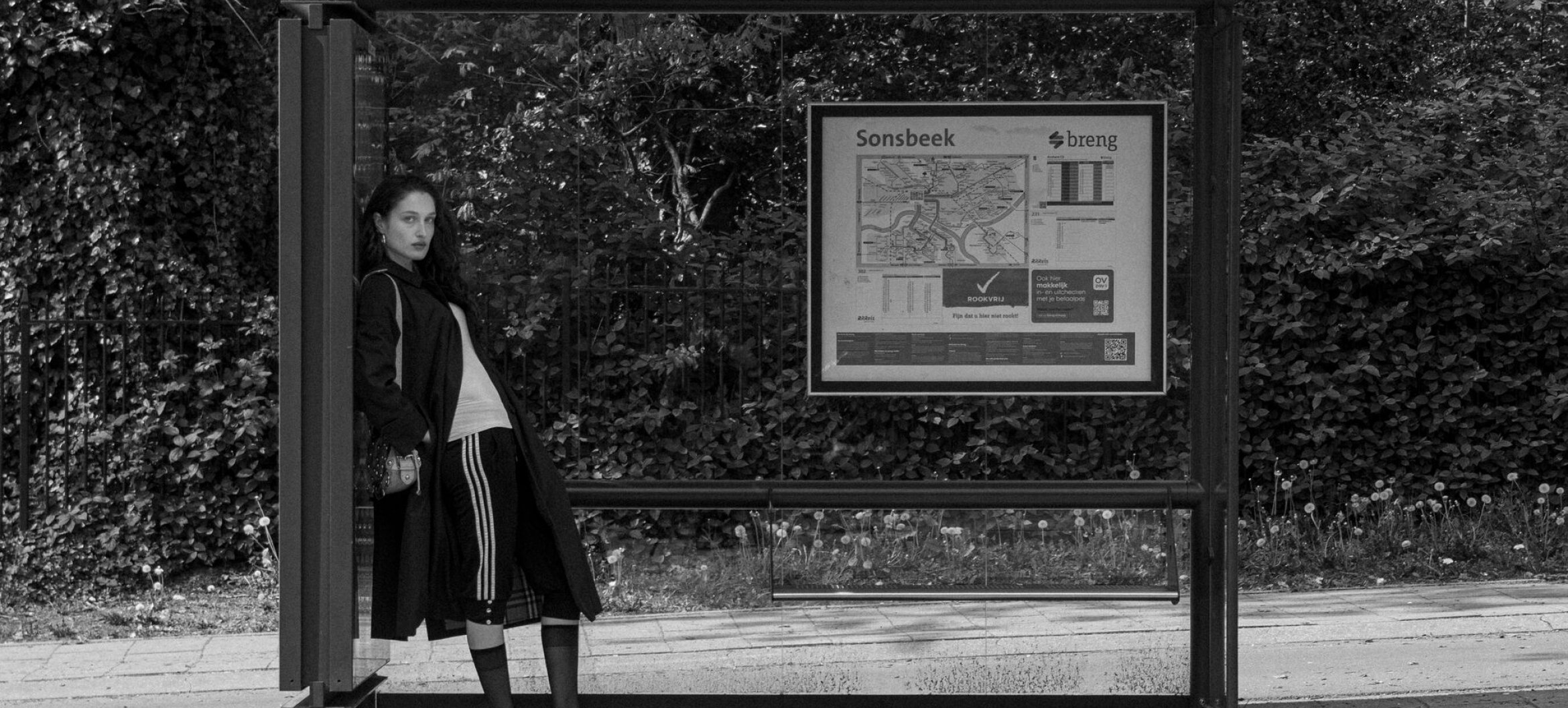Anne Francien

Driven by notions of the (female) body and the devices used to (re)frame its aesthetic entrapment, Anne raises the question: Is skin a landscape? Does framing and hanging become a murder scene? The muddy and frictional nature of her work embodies a mode of unproduction, which rejects the exchangeable value often imposed on female and queer bodies. Subjects search for a rooted belonging while resisting aesthetic entrapment. The series ‘Poldergeist’, coming from the Zeitgeist, the Spirit, of the Dutch polder landscape, is filled with the everlasting presence of human traces. Embodying this drained entity connects the process of painting to the speculative construction and deconstruction of both natural and political structured landscapes. The Polder, with its fluid boundaries of water, serves as a framework to reflect on the radical interdependence of human creation and natural environments. It also forms the connecting grounds between polarized urban and rural lives. ‘To Polder’, in Anne’s work, means to enable a fluidity of narratives in an embodied painting practice. Through shaping, draining, and reframing, her paintings amplify the depictions of landscapes, bodies and the disjunction between them. This muddy Polderschilder technique has liquid buildable layers that remain visible around artificially framed or cut-out images. Strong figures are trapped in the canvas or frame, but are simultaneously always aware of their artificial paintedness. She works in multi-media expanded painting, deepened during her time at the painting department of die Angewandte in Vienna. The technique of painting with concrete on canvas follows the duality of muddy soil as the building blocks of modern city architecture and immortalizing bodies in stone. In installations of found objects, steel and concrete, she experiments with critical framing and display, continuously questioning where the subject, artwork, or object begins. Theoretically, her artistic research thesis “How (not) to Kill Your Subject: Female Subjectification and the Embodied Image In Painting” follows the history of queer Rebel bodies and describes a necropolitics of art and the self-subject. Anne is deeply interested in how bodies are framed as isolated objects, separate from collective matter, and how this framing influences our perception of the world. In a landscape built by extraction and for profit, she, too, relates to the feeling of being shaped and produced for consumption. She questions this aesthetic image extraction from subjects, linking this to the commodification of bodies of art. A Polderschilder raises questions about a posthuman perspective on nature, challenging the traditional notion of “untouched wilderness” and inviting a critical rethinking of how the boundaries of landscapes and bodies are constructed. “To Polder” ultimately means to embody spectral identities lingering in a manmade world.
Artist statement
Anne Francien grew up on the intersection of metropolitan life and farmlands, where early experiences with animal care continue to inform and inspire her artistic practice. Anne works critically under her persona of a Polderschilder: a metaphorical and conceptual framework, following the transformation of water to land. Anne paints in multi-media installations including steel and concrete, after refining her oil painting practice during her time at die Angewandte in Vienna. The Polder, here, is more than an aesthetic depiction of Dutch landscape, as it is as a way of understanding the connection of nature and bodily traces.
This page was last updated on July 7, 2025